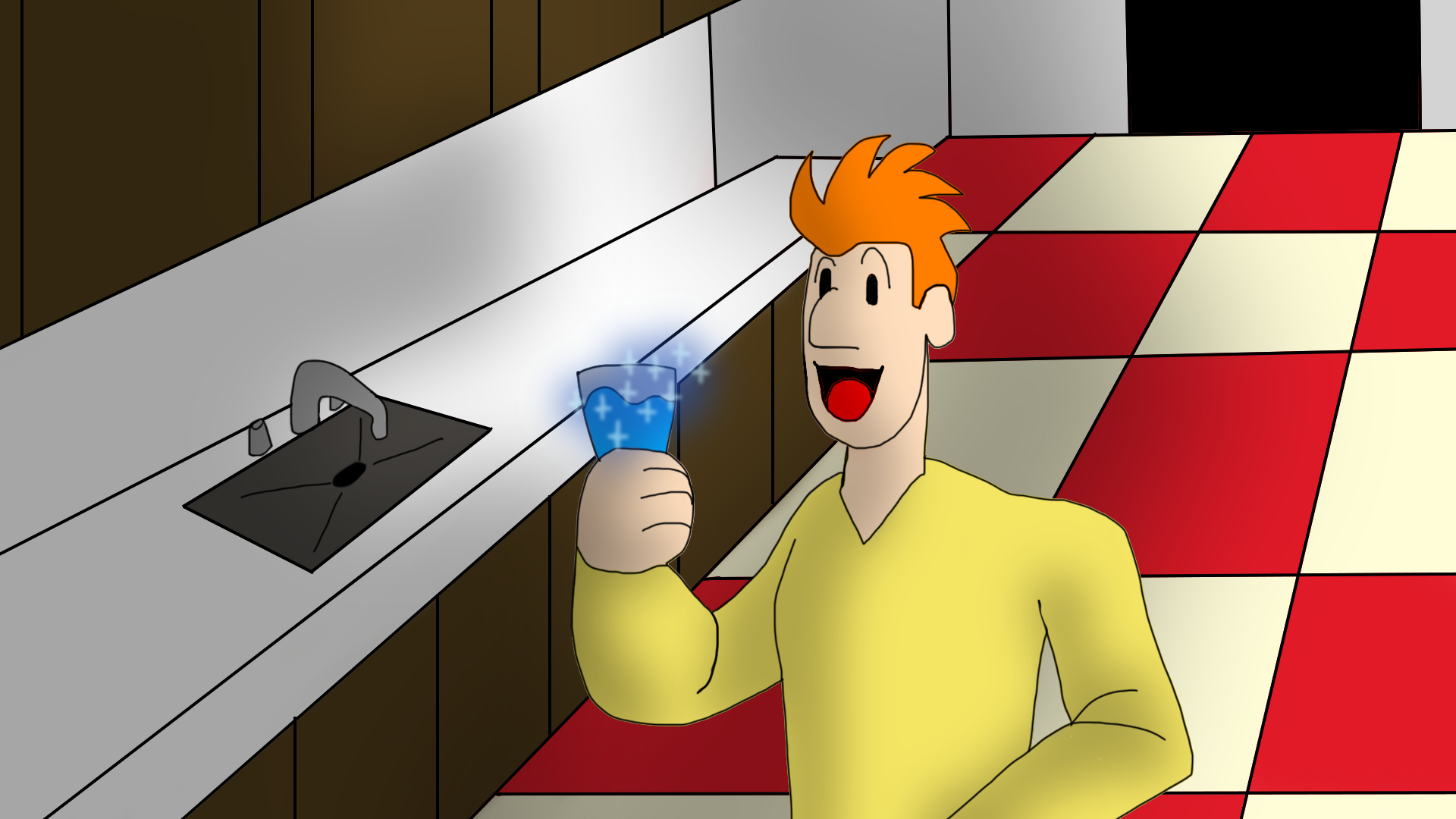In the serene town of Glenwood, nestled between lush hills and glistening rivers, water was more than just a resource—it was a pillar of the community.

The people of Glenwood took great pride in their clean water. It was said that no other town had water as pure as theirs, and for years, the town thrived as its residents enjoyed a simple, peaceful life.
However, as time passed, the infrastructure that carried the town’s water began to age. Cracks appeared in the pipes, leaks sprang up, and the water that had once flowed freely and cleanly no longer seemed as pristine. Residents began to notice strange aftertastes in their water, and the smells became a concern. The local water treatment plant, once the pride of Glenwood, seemed unfit to handle the growing demands of a town that had expanded beyond its original borders.
Desperate for a solution, the town called upon its longtime engineer, Claire Harper, to investigate the problem. Claire had grown up in Glenwood and knew the town’s water system like the back of her hand. She had helped design the original treatment plant and watched as the town grew from a modest village into a bustling community of over 30,000.
After weeks of testing and research, Claire found what everyone had feared: the aging pipes had allowed bacteria to seep into the water supply. Chlorine, the town’s primary disinfectant, was being added to the water to kill the harmful viruses. But with the water traveling through miles of old pipes, the chlorine began to lose its effectiveness before it reached the taps. The community was in danger, and something had to be done.
Claire knew that the usual methods of dealing with chlorine—hauling in large canisters of chlorine gas or relying on small supplies that quickly expired—were no longer viable for a town like Glenwood. She needed a solution that was not only safe but also sustainable. And that’s when she heard about SciCHLOR, an innovative sodium hypochlorite generator from the company SciencoFAST, a subsidiary of BioMicrobics.
As Claire researched SciCHLOR, she was struck by its potential. SciencoFAST, known for its innovative and low-maintenance water treatment solutions, had designed SciCHLOR to address exactly the problems Glenwood was facing. The system produced chlorine on-site, using only salt and water, without the hazards of chlorine gas or the need for expensive chlorine deliveries. It was compact, efficient, and easy to maintain. But Claire needed more than just the product—she needed an expert to help guide the town through the installation and ensure the system would work flawlessly.
That’s when Aerobe, a representative from SciencoFAST, arrived in Glenwood.

Aerobe was unlike any engineer Claire had ever met. With a deep knowledge of water treatment technology and a calm, approachable demeanor, she had a way of explaining complex systems in a way that made them easy to understand. She was also enthusiastic about helping communities like Glenwood, and it was clear she truly believed in the benefits that SciCHLOR could bring.
“Claire,” Aerobe began as they met at the town hall to discuss the project, “I understand the challenges Glenwood is facing. Fortunately, SciCHLOR was specifically designed to address these exact issues. It’s easy to install, requires minimal maintenance, and produces chlorine only when needed—keeping your water safe while keeping costs low. The skid-mounted unit includes the electrolytic cell with integrated controls, along with a brine tank and a control tank. The control cabinet also has the connection and programming for a chemical dosing pump of your choice”.
Claire nodded, impressed by her confidence. “Having you here in person is exactly what we need to get this up and running quickly.”
Aerobe smiled and gestured toward the blueprints Claire had laid out. “We’ll take it step by step. SciCHLOR will integrate smoothly into your existing water treatment plant, and I’ll be here every step of the way to ensure it’s properly installed and set up.”
Within weeks, the SciencoFAST team arrived in Glenwood with all the components needed to set up SciCHLOR. Aerobe led the installation process, working closely with Claire and the local engineers. They installed the SciCHLOR skid mounted system, a simple but effective system, and then the chemical feed pump, which would deliver the chlorine directly into the water before it flowed out to the community.
The installation was surprisingly smooth. Aerobe’s hands-on approach and her ability to troubleshoot problems on the fly made the process easier than Claire had expected. When the system was finally up and running, Aerobe walked Claire through the final checks.
“Now, you’ve got a system that’s both sustainable and reliable,” Aerobe said, grinning as she reviewed the data from the first batch of chlorine production. “You’ll never have to worry about chlorine shortages or dangerous gas deliveries again.”
The next morning, the people of Glenwood began to notice the difference. The water tasted fresher, and the aftertastes disappeared. The occasional smells that had worried

residents seemed to fade away, and the town’s anxiety about their water supply slowly melted into relief. The water was safe again.
Over the next few months, Claire monitored the SciCHLOR system. It ran smoothly, with minimal maintenance required. The only task was a routine cleaning every couple of months, which was far less demanding than the older chlorine systems had been. Even better, the town had saved money by eliminating the need for chlorine gas deliveries, and the money saved was reinvested into other community projects, such as road repairs and park upgrades.
But it wasn’t just the town that benefited—Aerobe’s visit had sparked a sense of pride in the community. Glenwood was no longer just a small town struggling with an aging water system; they were a model of innovation and sustainability.
As the project neared completion, Claire turned to Aerobe, standing in the heart of the treatment plant. “I can’t thank you enough. SciCHLOR has transformed our water system.”
Aerobe smiled, adjusting her glasses. “It was my pleasure, Claire. But remember, this isn’t just about technology. It’s about how technology can empower communities. You’ve made Glenwood’s water safe again, and now, you’re ready for whatever the future brings.”
The town of Glenwood had faced a serious challenge, but with SciCHLOR and the help of SciencoFAST, they had turned the tide. Claire had always known that water was the heart of Glenwood, but now, it was also the symbol of their ability to adapt, innovate, and thrive in the face of change. And as for Aerobe, she knew that she had helped more than just a town—she had helped create a lasting legacy of sustainability, one drop at a time.






